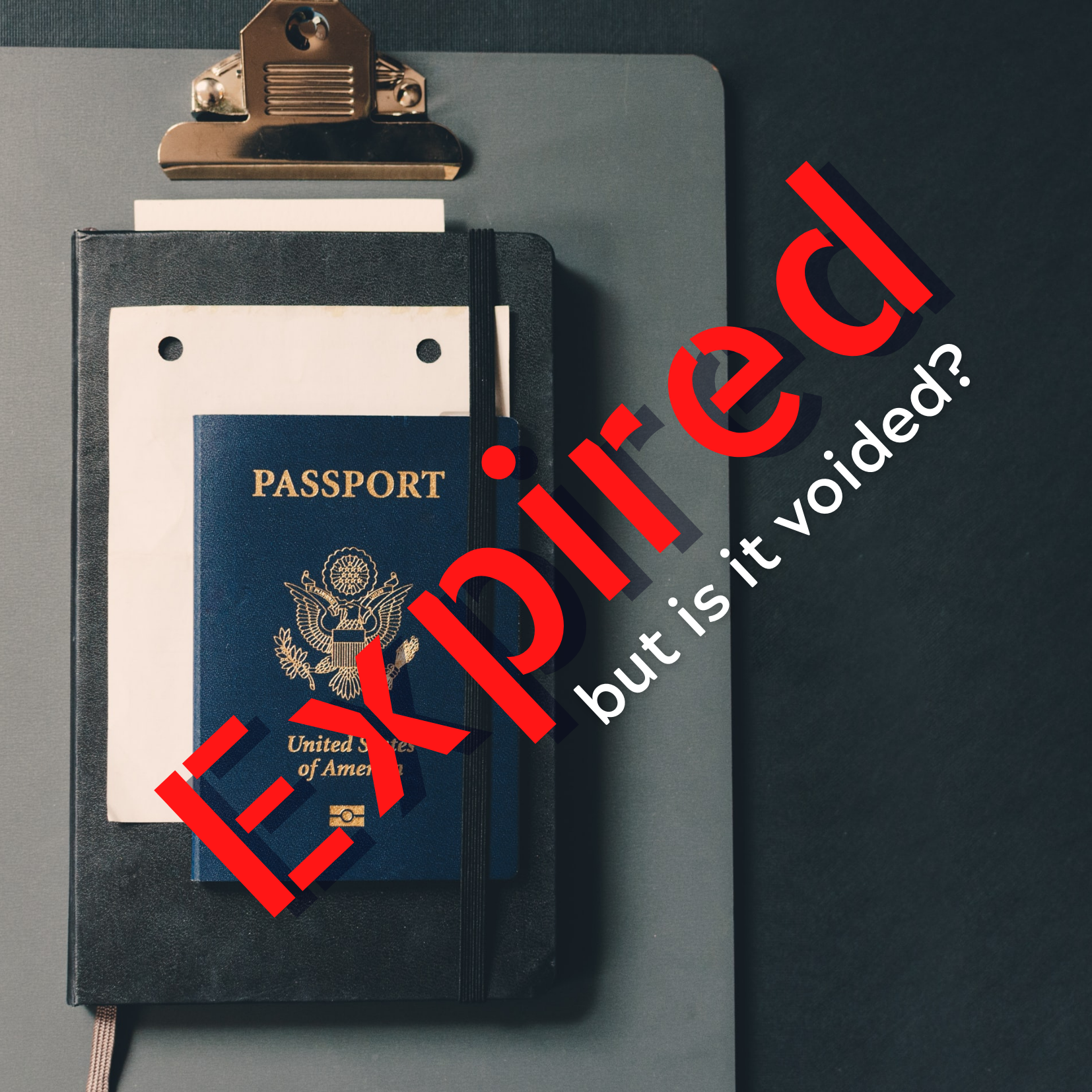For a limited time, some temporary residents who are out of status in Canada may apply to restore their status, even if they are outside of the 90-day restoration window.
For a limited time, some temporary residents who are out of status in Canada may apply to restore their status, even if they are outside of the 90-day restoration window.
July 14 Changes to Restoration
Due to the problems associated with the COVID-19 pandemic, Immigration, Refugees and Citizenship Canada (IRCC) is offering some additional relief to temporary residents who are out of status. The 90-day restoration window has been extended to December 31, 2020 for anyone whose status expired after January 30, 2020. For example if Marco, a temporary resident of Canada with a work permit, discovered on February 15 that his work permit had expired on February 14, he would normally have until about May 15 to submit an application for restoration. This temporary policy will allow Marco to apply for restoration anytime up to December 31, 2020, provided that he meets the other general requirements for restoration.
IRCC has also implemented temporary rules to allow some workers to begin working while waiting for their restoration applications to be processed. To begin working during restoration, a worker must have a job offer that is either supported by a Labour Market Impact Assessment (LMIA) or is exempt from the requirement to obtain an LMIA, and must notify IRCC about the work. It is important to note here that a simple offer of employment from an employer is not enough; an LMIA must be obtained or an exemption to the LMIA requirement must be applicable to the situation.
General Information on Restoration and Implied Status
A worker, student or visitor in Canada who intends to remain in the country after the expiration of their status must apply to extend their status before their current document expires. If they are unable to do so, they are considered to be out of status on the day following the date on which their document expired. For example Julia, a temporary resident in Canada with a work permit, looks at her work permit on July 21 and realizes that it expires on July 21. Although likely in a panic, Julia is still able to extend her status as a worker as long as she submits the application before midnight (and she should screenshot the submission page with the time and date visible). In another example, Marco, a temporary resident with a work permit, wakes up on the morning of July 22 and notices that his work permit expired on July 21. Marco is out of status in Canada on the morning of July 22.
Restoration provides some relief for Marco. He will typically have a 90-day window to submit an application to extend his status that expired on July 21. Marco must submit a restoration fee of $200 in addition to his work permit fees, and if he otherwise meets the requirements for restoration, he can expect to be restored to the status of worker.
It is important to note some differences between implied status and restoration. Because Julia submitted an application to extend her status before her status expired, she will be on implied status as of July 22. Implied status means that Julia can remain in Canada under the conditions of her expired work permit until she receives a decision on her new application. Because Julia held a work permit, she may continue to work while on implied status. If she held an open work permit she may work for any employer while on implied status. If her work permit was employer-specific she may only work for that employer while on implied status, even if she is applying for an open work permit through the new application. The same rules are applicable to students and visitors. However, if a worker or student leaves Canada during implied status, they are not permitted to work or study when they re-enter. So if Julia goes to Seattle for the BC Day long weekend, she will re-enter Canada as a visitor and will not be permitted to work until such time as she holds a valid work permit.
Restoration does not offer the benefits of implied status in terms of work or study. Although Marco in our example has 90 days to restore his status, he loses authorization to work after July 21. And unlike implied status, submitting the new application does not give Marco the authorization to work while the application is being processed. He may only begin working again only after receiving a new work permit. If Marco had held a study permit in this example, he would likewise be unable to continue his studies until a new study permit is issued.
These are merely examples of typical restoration and implied status scenarios. Real life situations are often much more complex.




